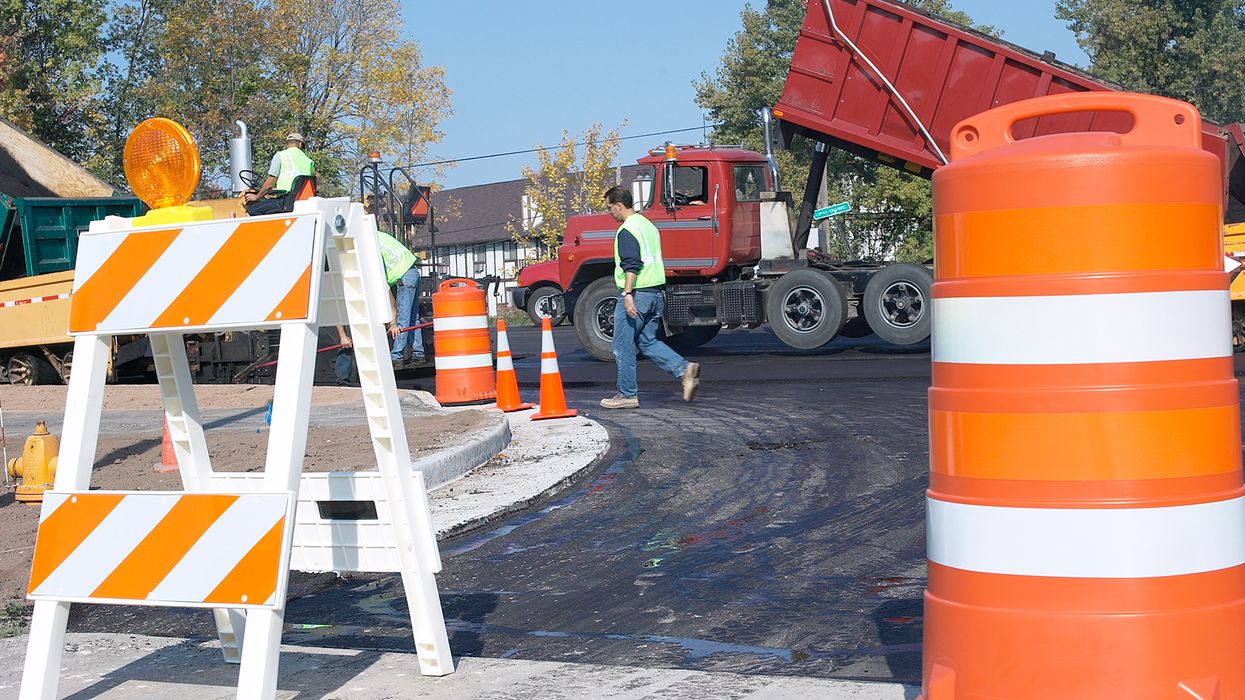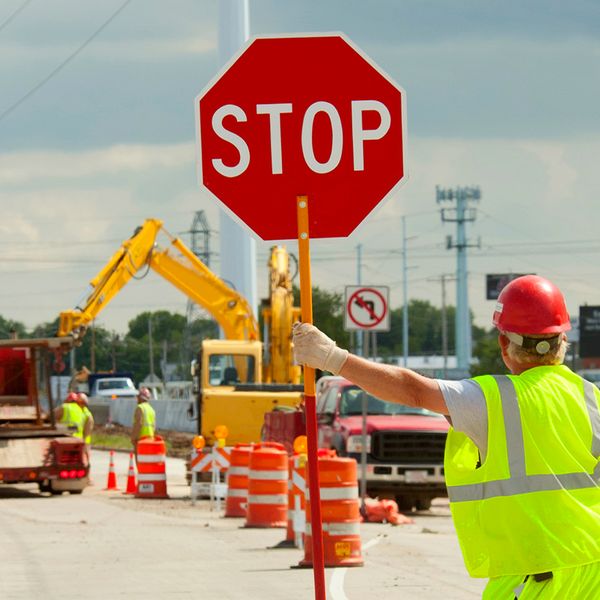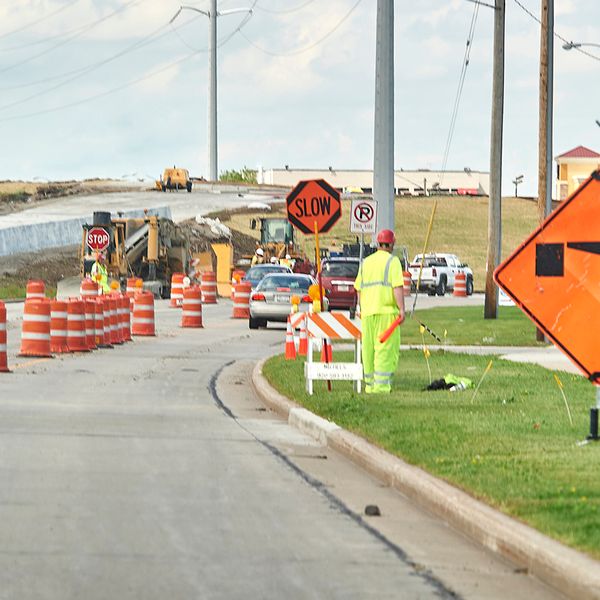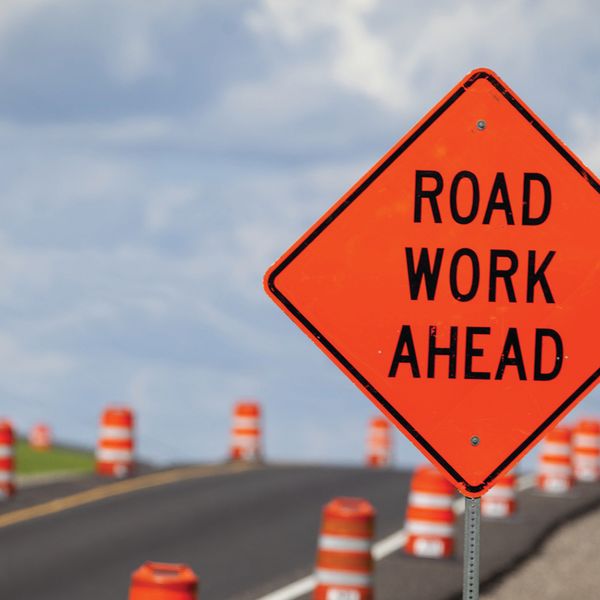Work Zone Rule Changes: How do they impact you?
Curious how updates to the OSHA-referenced Manual on Uniform Traffic Control Devices for Streets and Highways (MUTCD) affect your work zone operations? Read on to discover what public right-way area changes were made and how OSHA has responded. Even employers using a third-party service to develop MUTCD-compliant traffic control plans need to be familiar with these updates to understand how their work operations may be affected.
On December 19, 2023, a Final Rule adopting the 11th Edition of the MUTCD was published in the Federal Register. The rule went into effect on January 18, 2024, with states being required to adopt the new edition as their legal state standard for traffic control devices within two years of the effective date.
Should I follow OSHA or MUTCD standards?
MUTCD is recognized as the national standard for traffic control devices used on all public roads, bikeways, or private roads open to public travel. Much like the American National Standards Institute (ANSI) or the National Fire Protection Association (NFPA), MUTCD establishes standards for safety that OSHA reviews and, in some cases, adopts as regulatory expectations.
OSHA has adopted versions 2009 (including revisions 1 and 2 of 2012) of the MUTCD under 29 CFR 1926 Subpart G: Signs, Signals, and Barricades. However, the agency hasn’t officially adopted the 2023 MUTCD. Ahead of deadlines, states can adopt MUTCD versions at their discretion. This means a contractor could work in a work zone in a state that adopts the 2023 update, even though OSHA hasn’t yet adopted the latest version.
OSHA accepts compliance with more current MUTCD or other applicable nationally recognized consensus standards that are at least as protective as OSHA requirements. So, until OSHA adopts the 2023 version, employers must at least follow OSHA’s regulations for work zone safety, which adopt the 2009 and 2012 MUTCD requirements. States can choose, however, to implement 2023 MUTCD prior to the two-year deadline listed in the final rule. So, employers should check state adoption, which may be more stringent even if their state doesn't have an OSHA-approved plan.
What can I expect with the MUTCD update?
Changes to MUTCD are intended to reflect advances in work zone operations and technology, as well as prepare for upcoming automated driving systems. All efforts are aimed at a future free from serious roadway injuries and fatalities, especially for flaggers.
- Employers must ensure that the following conform to MUTCD as adopted by OSHA:
- Traffic control signs or devices used to protect construction workers (29 CFR 1926.200);
- Signaling directions by flaggers (29 CFR 1926.201) and required flagger training; and
- Barricades for the protection of workers (29 CFR 1926.202).
Here are some highlights of what employers can expect with the 2023 update:
- Safety and operational enhancements, including revised procedures for speed limit postings, new warning sign criteria for horizontal alignment changes, and new application of traffic control devices for part-time travel on shoulders to manage congestion.
- Adoption of an established uniformity of colored pavement used as a traffic control device;
- Considerations for preparing roadways for automated vehicle technologies and to support the safe deployment of automated driving systems;
- Incorporation of provisional traffic control devices, including red-colored pavement for transit lanes, retroreflectivity for pavement markings, pedestrian-actuated rectangular rapid-flashing beacons at uncontrolled marked crosswalks, and green-colored pavement for bicycle lanes;
- Updates to weight limit signage and redesignation of the W12–2 sign with revised language to warn road users of vertical clearances less than 14 feet 6 inches, or vertical clearances less than 12 inches above the statutory maximum vehicle height, whichever is greater; and
- Improvements to safety and accessibility for pedestrians, including the location of push buttons at signalized crosswalks, crosswalk marking patterns, and accommodations in work zones.
Keys to remember: OSHA has adopted the 2009 and 2012 MUTCD standards in 29 CFR 1926 but not the 2023 update. The agency accepts compliance with more nationally recognized consensus standards as long as they are at least as protective as OSHA requirements.
































































